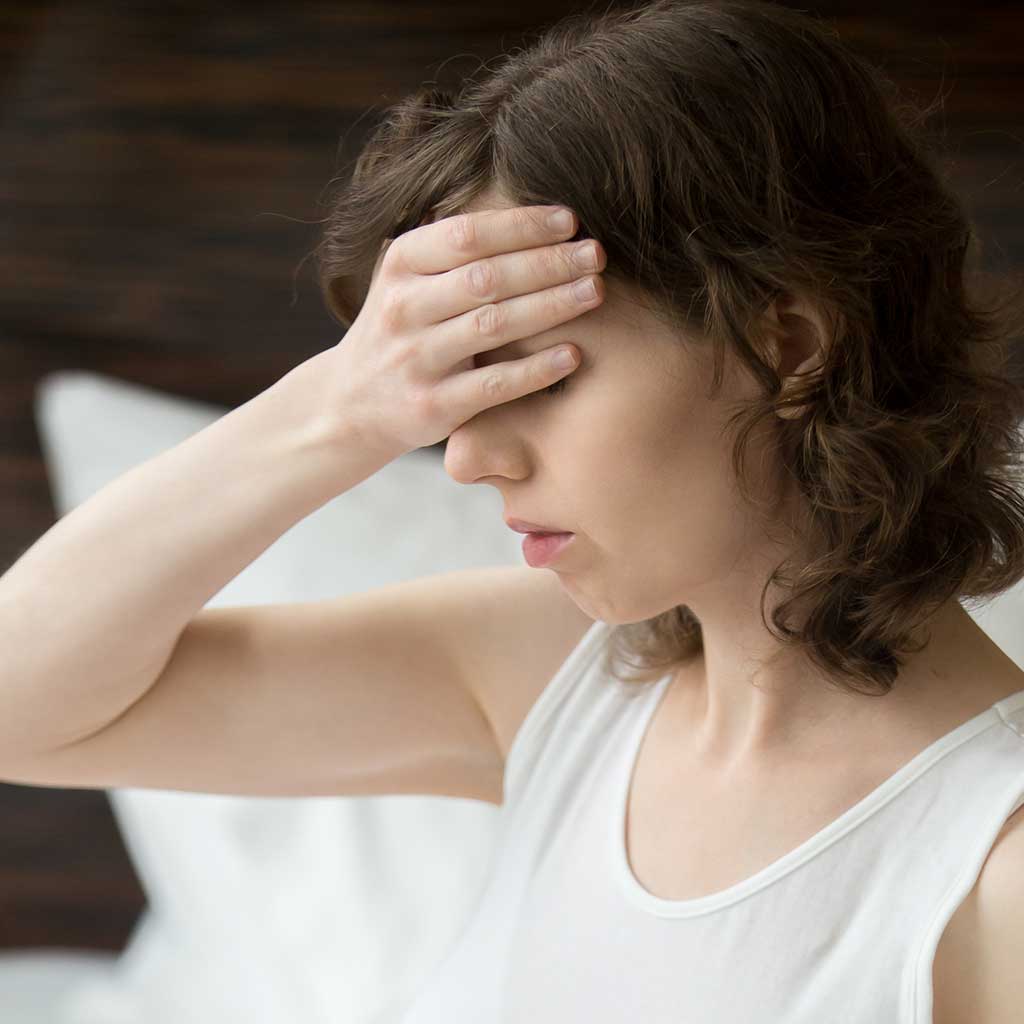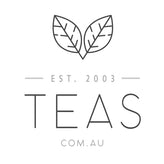4 Hot Tips for Hot Flushes
Posted by SALINA - TEAS.COM.AU

By Louise Hallinan, Smart Brain Health Centre.
One of the biggest complaints about menopause is Hot flushes (hot flashes).
Hot flushes tend to become more frequent after the periods have finished. That is when our Oestrogen levels are at their lowest.
Hot flushes can also be accompanied by a variety of other symptoms including perspiration, chills, fatigue, dizziness, nausea, headaches, or increased pressure in the head, heart palpitations, loss of concentration and vagueness.
4 HOT TIPS FOR HOT FLUSHES
- Reduce Caffeine and Alcohol, especially Red Wine – they aggravate hot flushes
- Include these foods in your diet - they contain Phytoestrogens, which are plant estrogens. Soy beans, tofu, tempeh, soy beverages, linseed (flax), sesame seeds, berries, oats, barley, dried beans, lentils, yams, rice, alfalfa, mung beans, apples, carrots, pomegranates, wheat germ, rice bran, soy linseed bread, ginseng, fennel and anise.
- Choose to eat Organic chicken, meat and dairy and avoid hormone-treated chicken, meat and dairy.
- Vitamin D is required – so either get some sunlight exposure in the early morning or late afternoon or take a good Vitamin D3 Supplement.
 | Louise Hallinan is the award winning author of “Smart Brain, Healthy Brain – How to improve your Memory & Brain Health”. She has been working in the natural health industry for over 10 years and is a fully qualified Nutritionist and Homeopathic Practitioner. She established the Hallinan Memory Clinic and practices at the Smart Brain Health Centre in Gordon, Sydney. |

AUSTRALIA'S FINEST LOOSE LEAF TEAS
Explore Australia's largest selection of Premium Teas & All-Natural Organic Herbal Blends.


